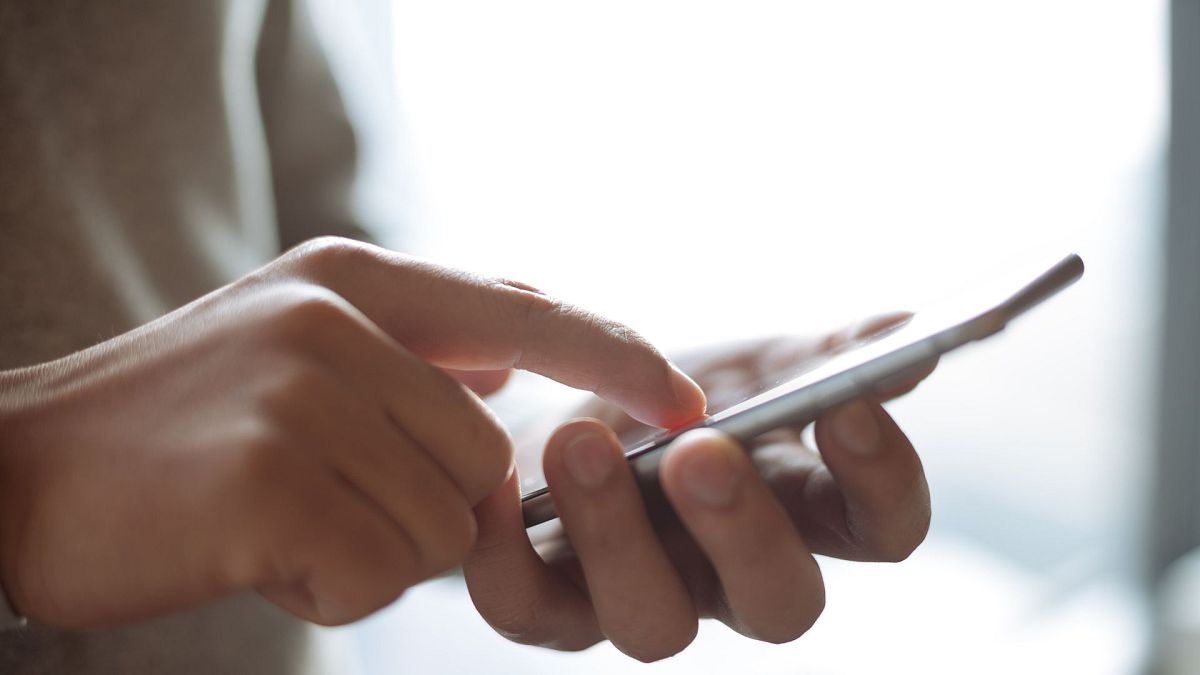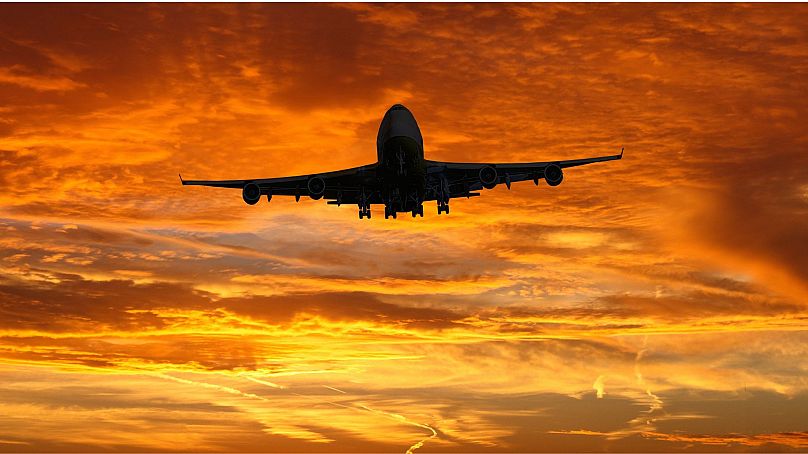Be wary of smart phone convenience. Sneaky ‘drip pricing’ strategies mean you could end up paying more for travel if you rely on your phone.
Shopping for flights on your phone is easy, convenient - and secretly costing you extra cash.
The majority of consumers rely on mobile devices. According to a survey of over 3000 U.S. consumers, more than half of February 2022 travel service purchases (51.4 per cent) were made on a mobile device.
But be wary of smart phone convenience. Sneaky ‘drip pricing’ strategies mean you could end up paying more if you rely on your phone.
What is drip pricing?
Drip pricing is a popular online sales strategy. A firm will show a smaller price upfront, then slowly add costs throughout the buying process.
This is particularly common with travel, where add-on fees like baggage and seat selection are par for the course. U.S. airlines collected $5.3 billion in baggage fees alone in 2021, according to the Bureau of Transportation Statistics.
However, a 2021 study in the journal Marketing Science found that shoppers tend to make suboptimal decisions under these drip pricing situations, that is, when hidden fees are tacked on throughout the checkout process.
Shoppers tend to compare initial prices across competitors, which are low, rather than the higher final price.
“When firms employ a drip pricing strategy, the initial price is almost always lower than a competitor’s all-in price,” says Shelle Santana, assistant professor of marketing at Bentley University and one of the study’s authors.
“But once they start to add on amenities such as a checked bag, seat options, etc., that difference in price across firms diminishes and sometimes reverses.”
Customers are worn out by the lengthy process, and grudgingly accept whatever fees have been added on. They assume it will be too much hassle to start over and find another option, even if doing so would save them money.
“Consumers perceive high search costs associated with starting their decision process over, and they think they will save less money than they actually will,” Santana says.
Why is shopping on your phone for travel deals a bad idea?
Shopping for travel is far from simple, and it usually requires switching between several tabs and apps to find the best deal. This is hard to do on a phone.
Consider the common decision of whether to purchase a flight with either cash or reward miles. This involves several steps.
First, you’ll need to search on the airline app or website for award availability, likely while switching to a personal calendar to check dates. Then, you’ll search on a third-party flight tool, such as Google Flights, for estimated cash fares before determining the value of the redemption in miles versus dollars. Once you’ve determined the best option, you’ll then need to navigate through the entire checkout process from both cash and award flight options to determine the true final price.
This lengthy process is all but impossible on a mobile phone.
“I almost always shop for travel on a desktop,” advises Santana.
“I like to have several tabs open at once and toggle between them to make sure I understand price differences and drivers across firms.”




